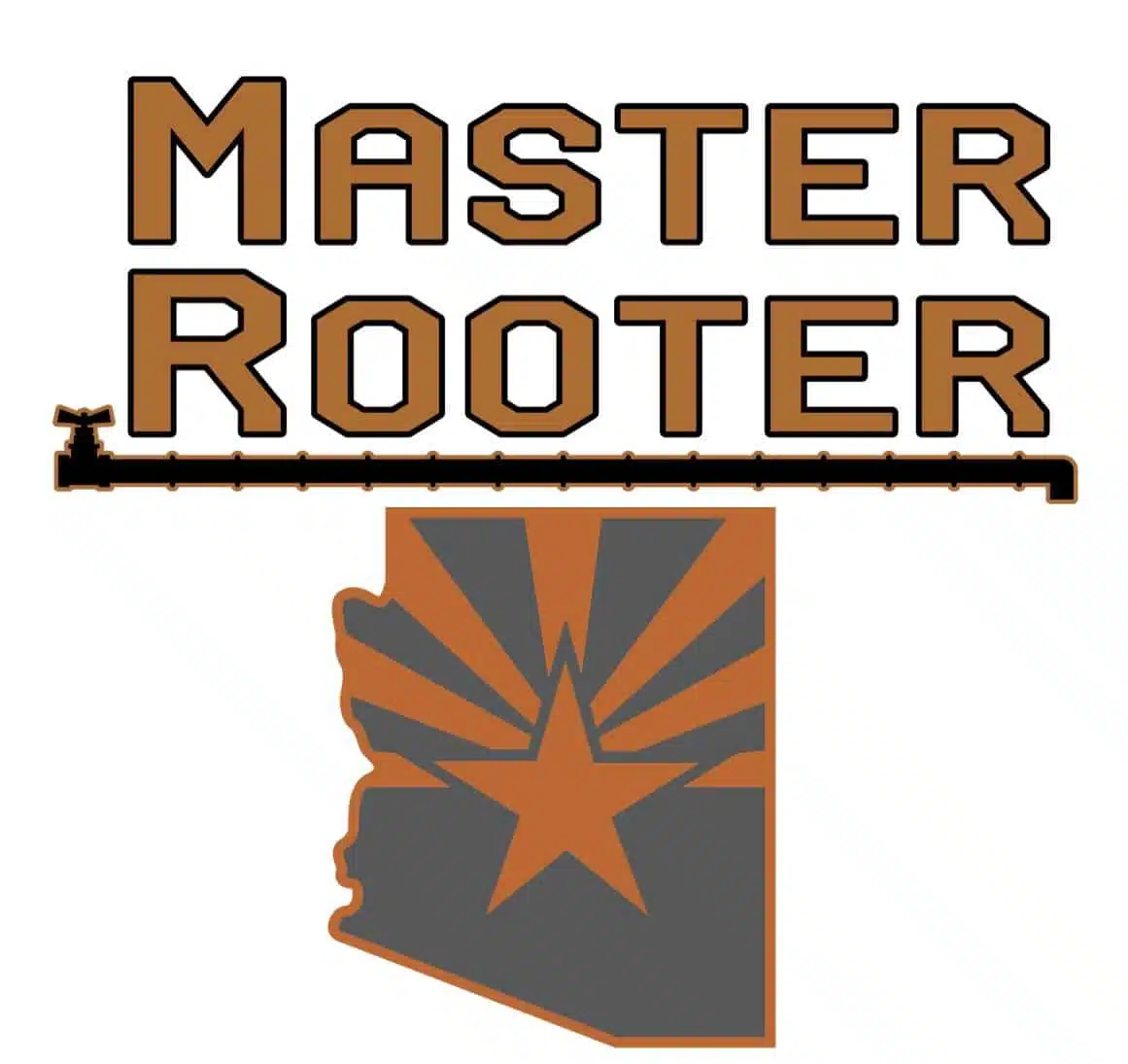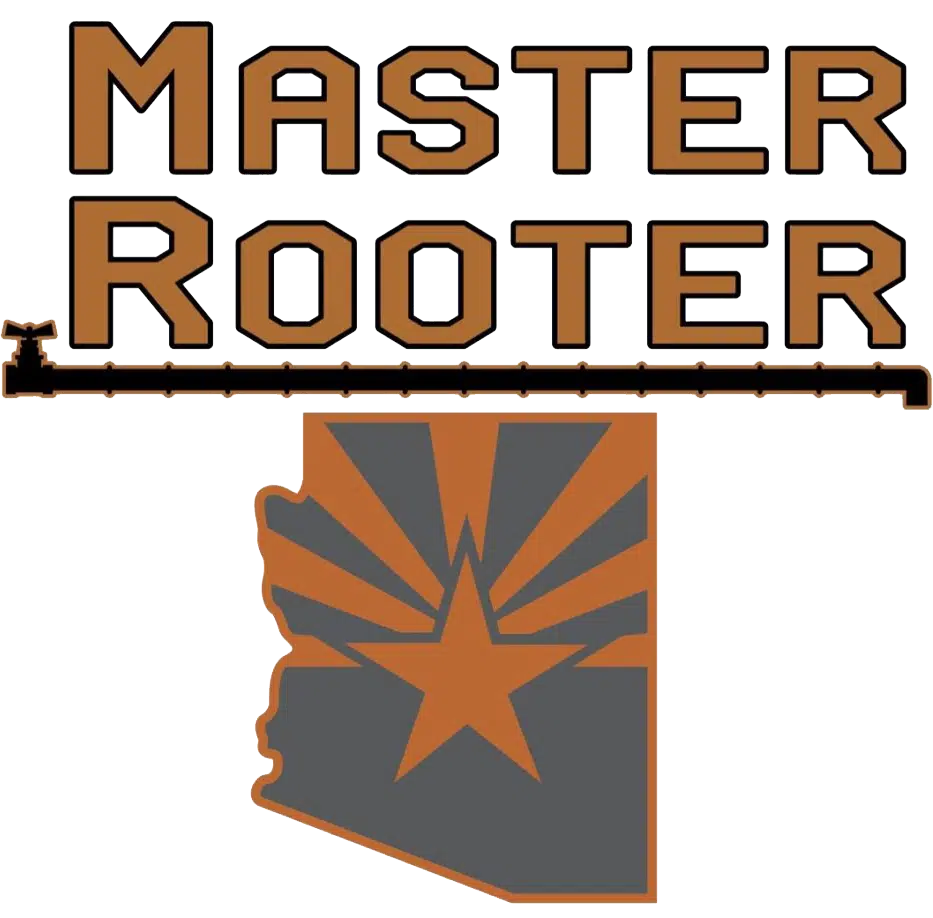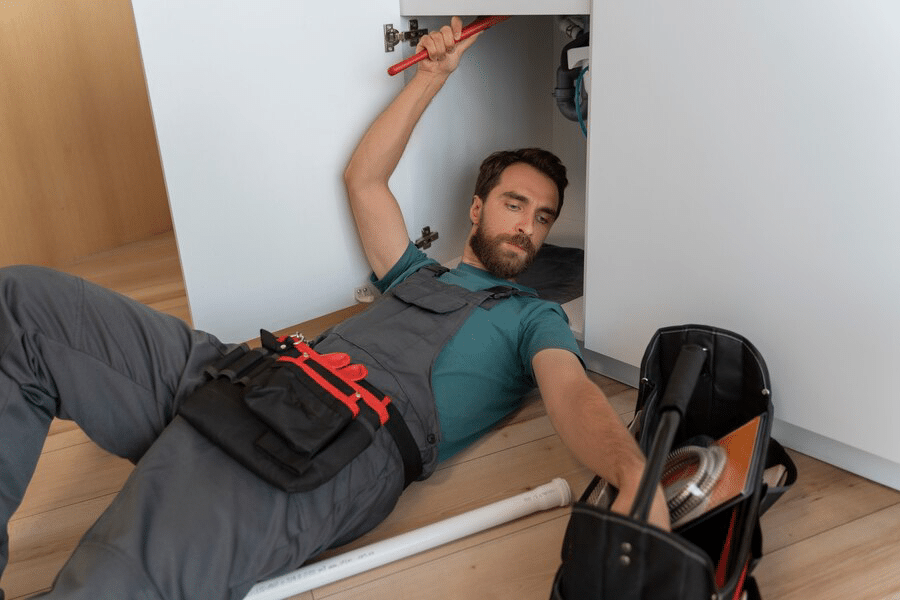Living in Mesa, Arizona, with its scorching summers and occasional weather extremes, demands a keen awareness of potential plumbing emergencies. From sudden pipe bursts to malfunctioning water heaters, being well-prepared can make all the difference when facing unexpected plumbing issues. In this guide, we’ll explore the essential aspects of emergency plumbing for Mesa residents.
Understanding Common Plumbing Emergencies:
Arizona’s unique climate can contribute to specific plumbing challenges. High temperatures may lead to increased pressure in pipes, potentially causing leaks or bursts. Residents should also be mindful of issues like clogged drains due to sediment buildup in the hard water prevalent in the region.
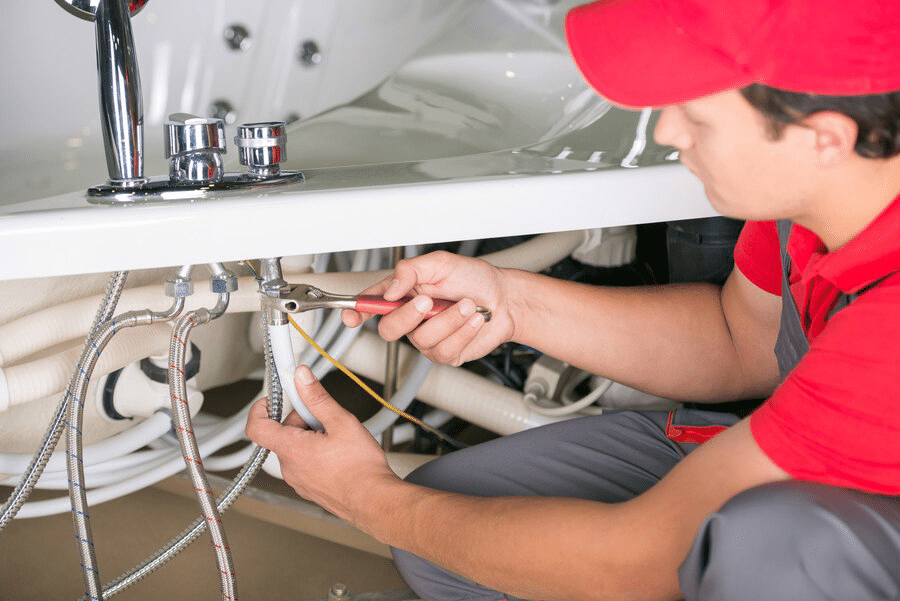
Understanding common plumbing emergencies is a crucial aspect of homeownership, as it empowers individuals to react swiftly and effectively when unexpected issues arise. Recognizing the signs and knowing how to address these emergencies can prevent extensive damage, save on repair costs, and maintain the overall functionality of your plumbing system. Let’s delve deeper into the most frequent plumbing emergencies homeowners may encounter:
Burst Pipes:
Burst pipes can result from various factors, including freezing temperatures, excessive water pressure, or corrosion. Signs include water stains, hissing sounds, or visible water leaks. In freezing climates, insulation is vital to prevent freezing, while timely shut-off of the main water supply and professional repairs are essential if a burst occurs.
Leaking Fixtures and Appliances:
Persistent leaks from faucets, toilets, or appliances can lead to water wastage and damage. Leaks are often caused by worn-out seals, faulty connections, or internal component issues. Regular inspection and prompt repair or replacement of damaged parts can prevent extensive water damage and higher utility bills.
Clogged Drains:
Clogged drains are a common occurrence due to the accumulation of hair, soap scum, grease, or foreign objects. Slow drainage is an early indicator. Homeowners can use plungers or chemical drain cleaners for minor clogs, but severe blockages may require professional assistance to prevent further damage.
Water Heater Malfunctions:
Issues with water heaters can result in cold showers or, in extreme cases, water damage. Sediment buildup, faulty thermostats, or a malfunctioning pilot light are common causes. Regular flushing, thermostat checks, and timely repairs can ensure the continuous and safe operation of your water heater.
Sewer Line Backups:
Sewer line backups can lead to foul odors, slow drains, or even sewage backing up into your home. Tree root infiltration, blockages, or sewer line damage are common culprits. Immediate professional intervention is crucial to address this issue and prevent potential health hazards.
Faulty Sump Pumps:
In regions prone to heavy rainfall or flooding, a malfunctioning sump pump can result in a flooded basement. Regular testing and maintenance of the sump pump, including checking the float switch and clearing debris from the pit, can prevent basement flooding during storms.
Gas Leaks:
Gas leaks pose a severe risk and require immediate attention. Rotten egg smells, hissing sounds, or physical symptoms like dizziness may indicate a gas leak. In such cases, evacuate the premises immediately, shut off the gas supply, and contact emergency services.
Broken Water Lines:
External factors like construction work or tree roots can damage water lines, leading to reduced water pressure, discoloration, or even flooding. Locating the main shut-off valve and promptly contacting a professional plumber are essential steps to mitigate damage.
Corroded Pipes:
Corrosion can weaken pipes over time, resulting in leaks or bursts. Rust-colored water, stains, or visible deterioration are signs of corroded pipes. Regular inspections and timely replacement of corroded sections can prevent extensive damage.
Low Water Pressure:
Low water pressure can be caused by various factors, including sediment buildup, leaks, or issues with the municipal water supply. Identifying the root cause and addressing it promptly ensures optimal water flow throughout your home.
In summary, understanding common plumbing emergencies empowers homeowners to take proactive measures, such as regular maintenance, prompt repairs, and knowing when to seek professional help. By staying vigilant and addressing issues promptly, homeowners can minimize damage, enhance the longevity of their plumbing systems, and ensure the comfort and safety of their living spaces.
Identifying the Main Water Shut-Off Valve:
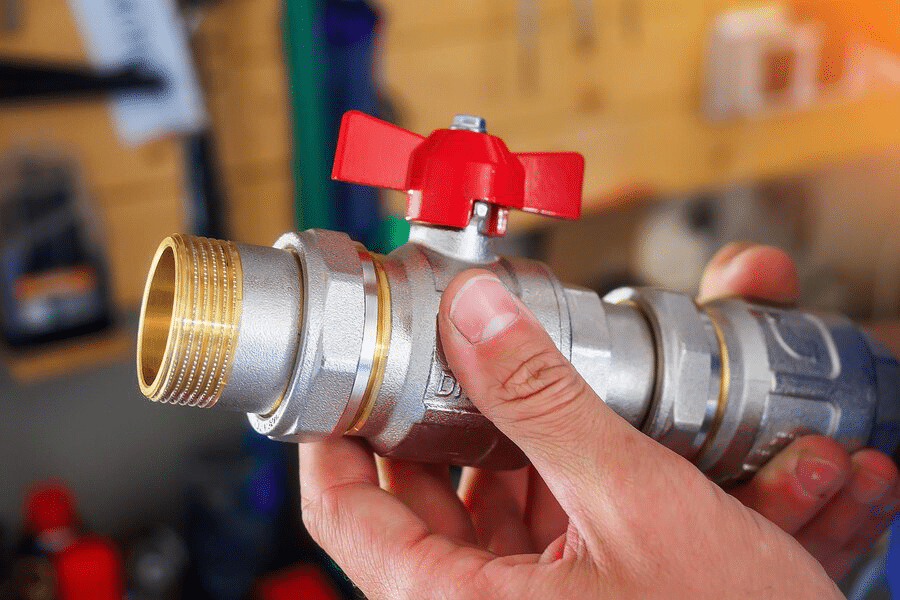
In the event of a plumbing emergency, knowing the location of your main water shut-off valve is crucial. This valve controls the flow of water into your home and can prevent extensive water damage in case of a burst pipe. Mesa residents should familiarize themselves with the valve’s location and test it periodically to ensure it functions properly.
Identifying the main water shut-off valve in your home is a fundamental aspect of responsible homeownership. Knowing the location and understanding how to operate this valve is crucial during plumbing emergencies, as it allows you to swiftly cut off the water supply, mitigating potential damage. Here’s a comprehensive guide on identifying and managing the main water shut-off valve:
Locating the Main Water Shut-Off Valve:
The main water shut-off valve is typically located near where the water main enters your home. Common places include:
- Basement: Look near the front foundation wall or where the water line enters the basement.
- Crawlspace: In homes without a basement, check the crawlspace near the water entry point.
- Utility Room: In some homes, especially those with a dedicated utility room, the valve may be located there.
Exterior Shut-Off Valve:
In warmer climates like Mesa, Arizona, the main shut-off valve might be located outside. Check near the hose bib or where the water line enters the house. Ensure this valve is protected from extreme weather conditions.
Identifying the Valve:
The main shut-off valve is typically a wheel or lever. It may be a round wheel that you turn clockwise to shut off the water. In some cases, it might be a lever that you turn 90 degrees.
Testing the Valve:
Periodically test the main shut-off valve to ensure it operates smoothly. If it hasn’t been used for a while, turning it gently in both directions can prevent it from seizing up during an emergency.
Labeling the Valve:
To enhance accessibility during an emergency, consider labeling the main shut-off valve. Use a tag or label that is easily visible, indicating its purpose and the direction to turn for shutting off the water.
Educating Household Members:
Ensure that everyone in your household is familiar with the location of the main shut-off valve and understands how to operate it. This knowledge is invaluable, especially during times when immediate action is required.
Emergency Shut-Off Procedures:
In case of a burst pipe or other water-related emergencies, follow these steps:
- Locate the Valve Quickly: Time is critical during emergencies. Know where the valve is to expedite the shut-off process.
- Turn Clockwise: For most valves, turning clockwise (righty-tighty) shuts off the water flow. Use steady, controlled movements to avoid damaging the valve.
Using Additional Shut-Off Valves:
Some homes have additional shut-off valves for specific areas, such as individual appliances or fixtures. Familiarize yourself with these valves as well for more targeted control during localized issues.
Regular Maintenance:
Incorporate checking the main shut-off valve into your regular home maintenance routine. Ensure its accessibility, and if you notice any issues, such as corrosion or difficulty turning, address them promptly.
Professional Inspection:
Consider having a professional plumber inspect the main shut-off valve during routine plumbing maintenance. They can provide insights into its condition and suggest any necessary repairs or replacements.
Identifying and maintaining the main water shut-off valve is a proactive step toward safeguarding your home from potential water-related disasters. By knowing its location, testing its functionality, and educating household members, you equip yourself with the tools needed to respond swiftly and effectively during plumbing emergencies, ultimately minimizing damage and ensuring the well-being of your home.
Contacting Emergency Plumbing Services:
Having the contact information of reputable emergency plumbing services in Mesa is a proactive step. Look for licensed and insured plumbers who offer 24/7 emergency services. Establishing this connection beforehand can save valuable time during a plumbing crisis.
Dealing with Burst Pipes:
Mesa occasionally experiences temperature drops during winter nights. Residents should insulate exposed pipes to minimize the risk of freezing, which can lead to burst pipes. If a burst does occur, swiftly turn off the main water supply, and contact a professional plumber to assess and repair the damage.
Water Heater Issues:
With hot temperatures being the norm, a malfunctioning water heater can disrupt daily life. Residents should be familiar with the pilot light and thermostat settings, and any unusual noises or leaks should be promptly addressed. Regular maintenance can also extend the lifespan of water heaters.
Clogged Drains and Sewer Backups:
The hard water prevalent in Mesa can contribute to mineral buildup, leading to clogged drains. Residents should be cautious about what goes down their drains and promptly address slow drainage issues. Sewer backups are a serious concern and may require professional intervention to prevent health hazards.
Preventive Measures:
Proactive maintenance is key to avoiding emergencies. Schedule regular inspections of your plumbing system, address minor issues promptly, and consider installing preventive devices such as pressure-reducing valves to safeguard against excessive water pressure.
Emergency Kits for Plumbing:
Prepare a basic emergency kit that includes items like a pipe wrench, plumber’s tape, and a bucket. These tools can prove invaluable in temporarily addressing minor leaks until professional help arrives.
Educating Tenants and Homeowners:
For property managers and landlords, educating tenants about basic plumbing awareness and emergency procedures can help minimize damage and ensure a swift response during crises.
Conclusion
Being well-versed in emergency plumbing practices is an essential aspect of homeownership in Mesa, Arizona. By understanding common issues, knowing how to respond in emergencies, and maintaining a connection with reliable plumbing services, residents can navigate plumbing challenges with confidence, minimizing damage and ensuring the longevity of their plumbing systems. Stay informed, stay prepared, and keep your plumbing in top shape even during the most unexpected situations.
For expert plumbing assistance and emergency services, contact us today. Our team of skilled professionals is ready to address your plumbing needs promptly and efficiently. Don’t hesitate to reach out for preventive maintenance, immediate repairs, or any plumbing emergencies. Your satisfaction and the well-being of your home are our top priorities. Call us now and let us take care of your plumbing concerns.
